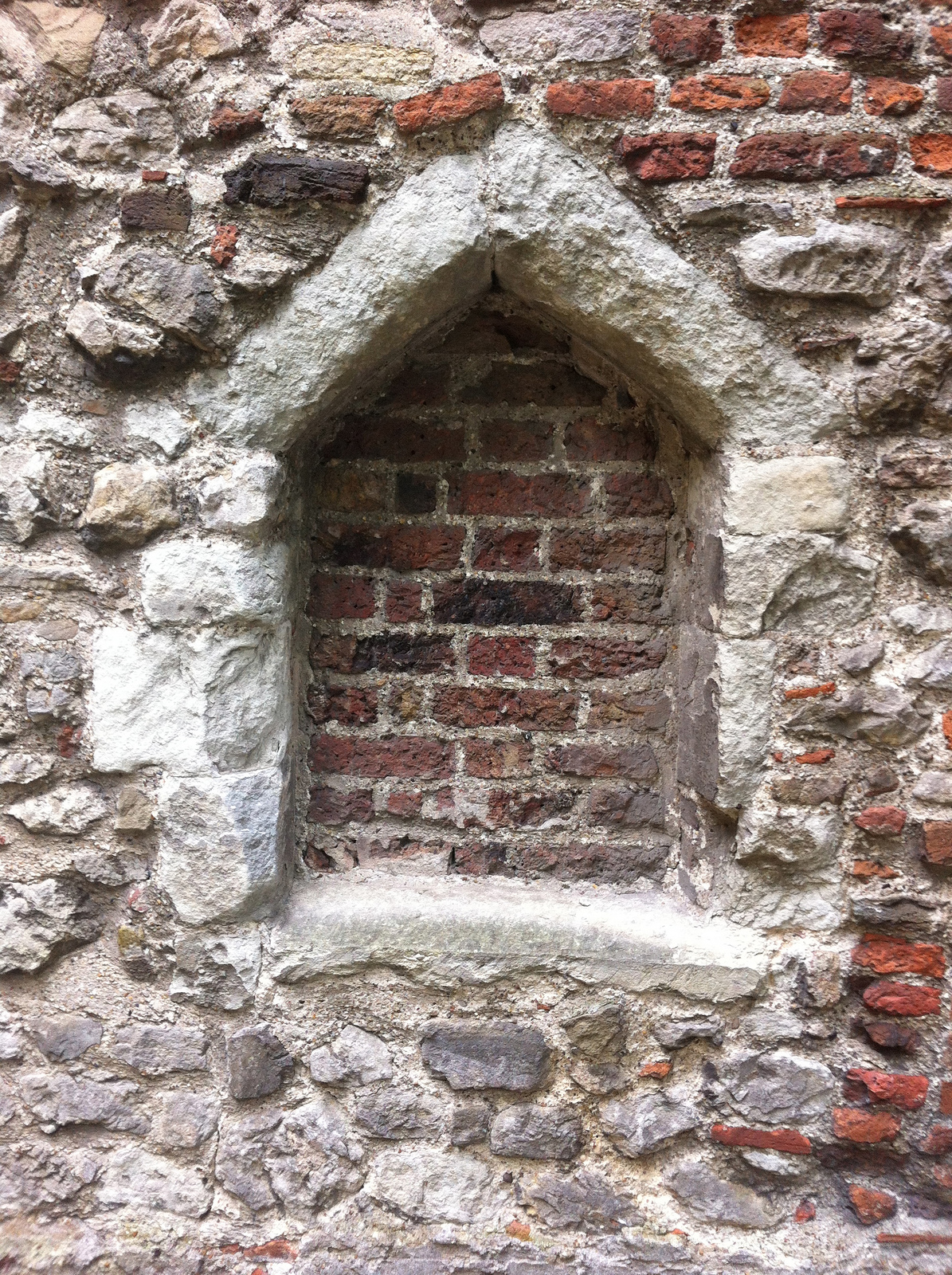
This will be one of my shortest posts ever as I am running out the door (more or less), but I stumbled across this quote and it floored me in its simplicity. Since I be both a borrower and a lender, I immediately appropriated it for learning.
“They honoured the structure of the landscape around them.” Ackroyd, P. (2012) Foundation: The History of England from Its Earliest Beginnings to the Tudors (p. 16).
It is a reference to ancient British Iron Age inhabitants respecting the geography of their Bronze Age and prehistoric forebears, building church on church, house on house, meeting hall on meeting hall. This is a model that each subsequent generation respected, from the Iron Age to the Britons (and other tribes) to the Romans, Saxons, and then the Normans. This is why underneath the cyrpts of Saxon churches, they find Roman temples. Presumably if one were to dig far enough, it would reveal Druid temples and dolmens of some sort or another. It is a beautiful process of historic appropriation. We respect the topography of our forebears.
Learning and Legacy
And it is a perfectly applicable statement for learning in regards to legacy. We inherit the structures of our understanding from the past. We evolve our comprehension from that point in space, not out of thin air. We begin somewhere, modeling, comparing, and contrasting. Nobody begins in the ether; all are rooted by legacy. Our history tells us where to start, to test whether the understandings of our past will serve us well through the fog and uncertainty of our future. Important consideration for learning design. None of our learners will approach our design free from legacy (or bias or experience); all will have something to compare it with. We should incorporate this respect for the past into our learning design.
Also, the quote (I think) is devastating in its respect for space. Church on church, school on school, house upon house. We build with respect for layouts, for assembly, for the sequencing of our past. We look to map our past models onto our present understanding. We respect space and all learning designers should understand the level of that respect in guiding future actions.
Highly recommend Peter Ackroyd as a historian. You would be hard pressed to find a more engaging (and well researched) one. He constantly shifts and evolves my understanding of what we have today being an artifact of what we had in the past.
